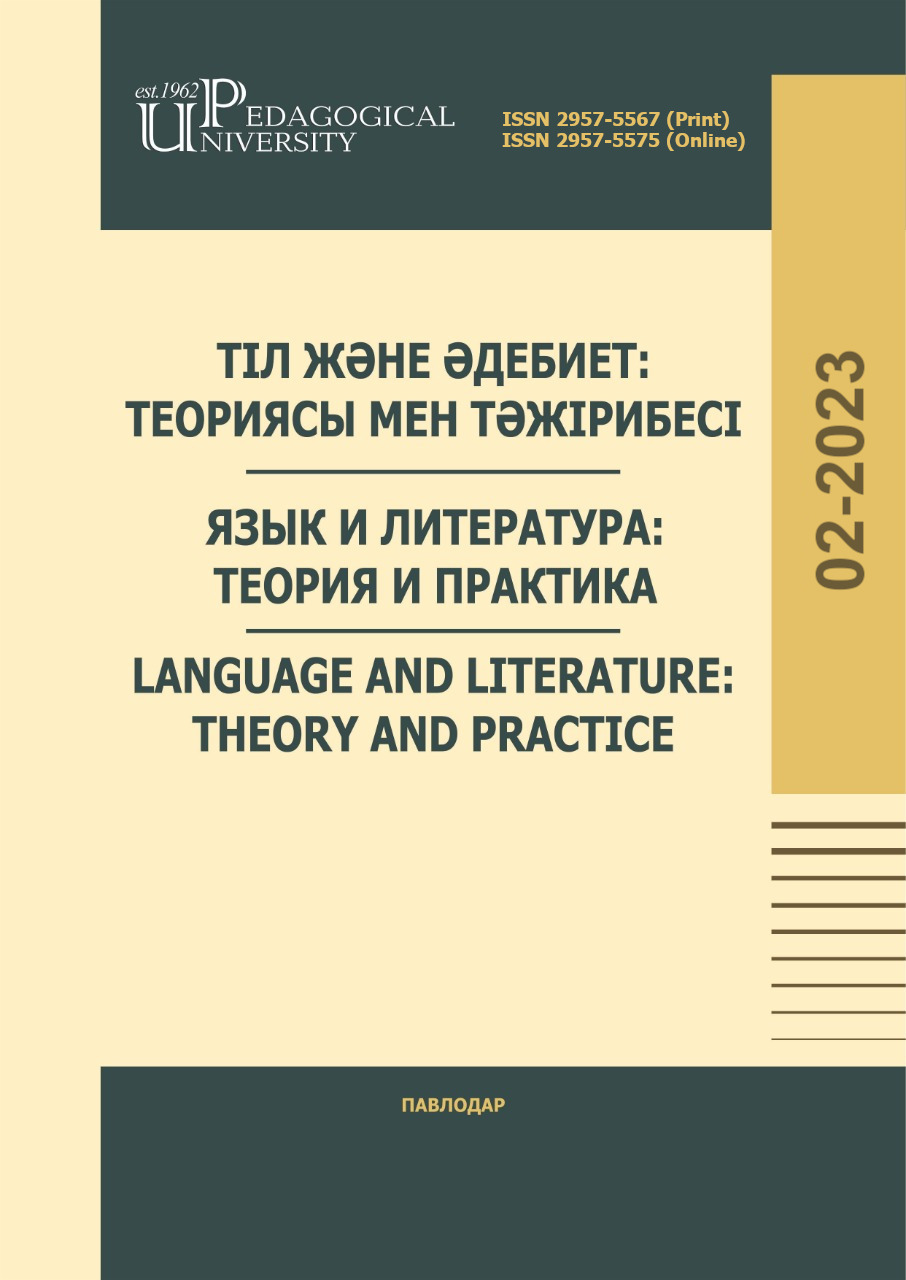The role and significance of communicative competence in the behavior of the individual
DOI:
https://doi.org/10.52301/2957-5567-2023-2-54-61Keywords:
communication, communicative competence, communicative activity, language interaction, communicative potential, personality.Abstract
The article deals with the problem of formation and implementation of communicative competence in language communication. We believe that for effective communication and effective positive activity in interaction, a person must form communicative competence. The implementation allows you to reveal: firstly, the communicative potential, secondly, the acquired knowledge, skills, and thirdly, their active use in the speech environment. In this regard, practical recommendations were proposed for the formation of communicative competence within the framework of the special course "Communicative activity in language communication". The introduction of a special course will make it possible to implement all methods of improving the effectiveness of communication, simplify the implementation of communication tasks in communication and regulation of activities. The purpose of the course implementation is the formation of the communicative competence of foreign-speaking students. The article also presents an analysis of the technology of formation of communicative competence in the framework of a special course.We can come to the conclusion that if a communicative competence is formed, which has a great impact on human activity as a whole, the communicative interaction of two people will be rational.
Downloads
Published
How to Cite
Issue
Section
License
Copyright (c) 2023 Language and Literature: Theory and Practice

This work is licensed under a Creative Commons Attribution-NonCommercial-NoDerivatives 4.0 International License.
https://creativecommons.org/licenses/by-nc/4.0/deed.en


